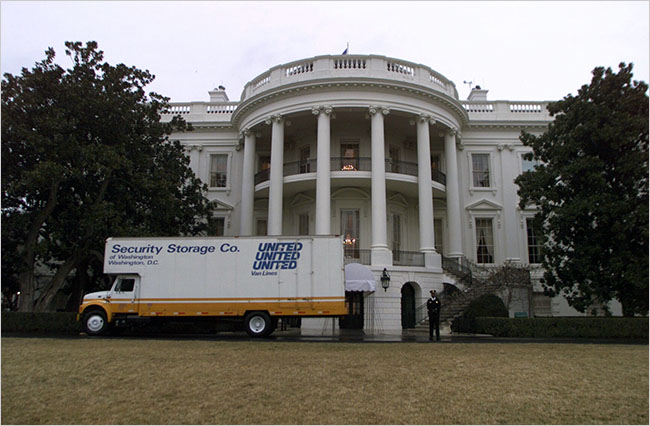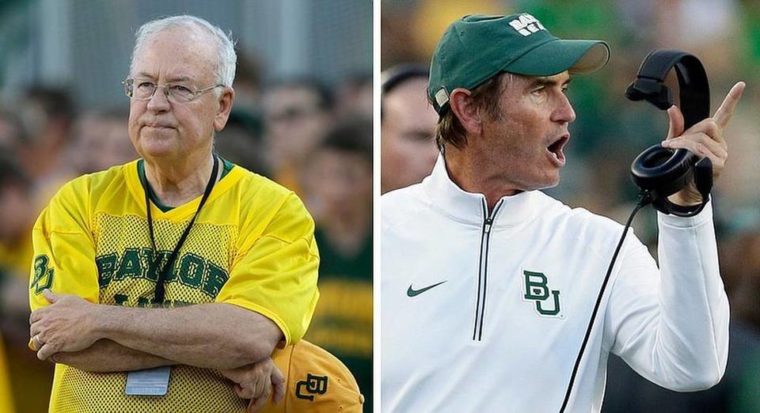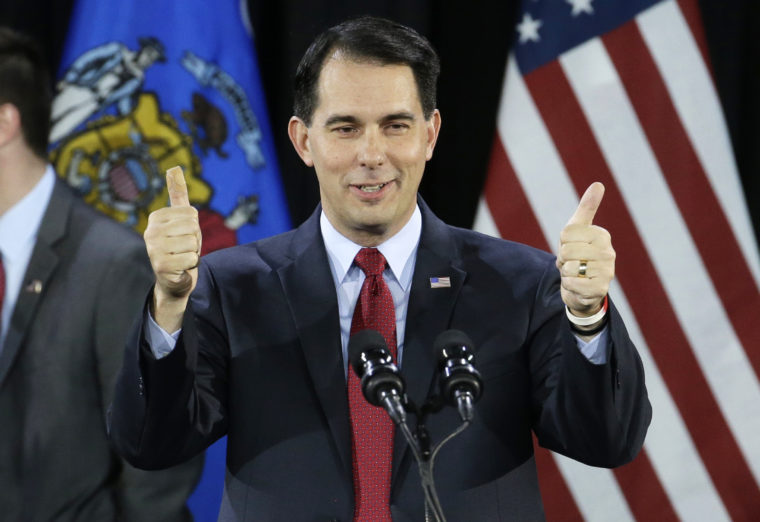January 20th is a monumental day in the history of the United States. President-Elect Donald Trump will take the oath of office and assume the presidency from President Obama. Following the oath and inaugural address, Trump will have lunch in the Capital before the start of the Inaugural Parade. In various forms, the parade has occurred since George Washington’s inauguration. Representatives of the armed forces, community groups, and marching bands typically participate in the parade. With the unusual and acerbic nature of Trump’s campaign, colleges and universities that have agreed to participate in this year’s parade have faced controversy and backlash from campus constituencies. In today’s post, I want to share my thoughts on the controversy and why I believe the bands should participate in the parade.

I approach this issue from a different perspective than many. I have actually marched in a presidential inaugural parade.




